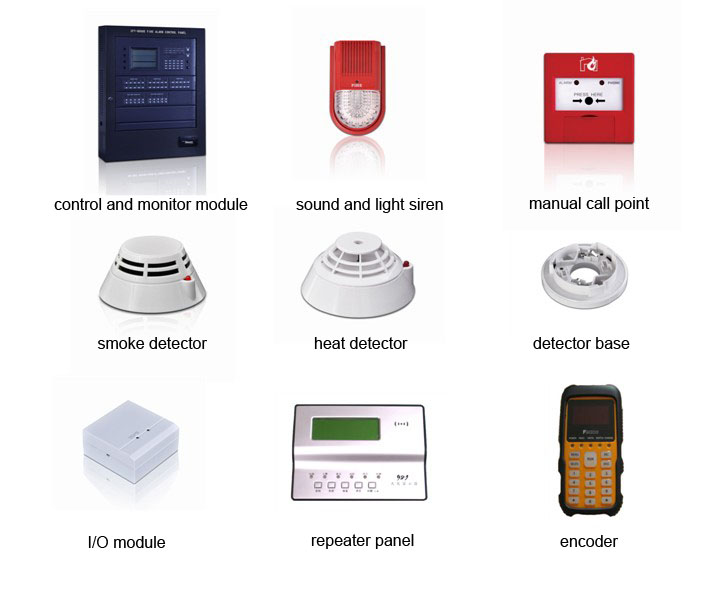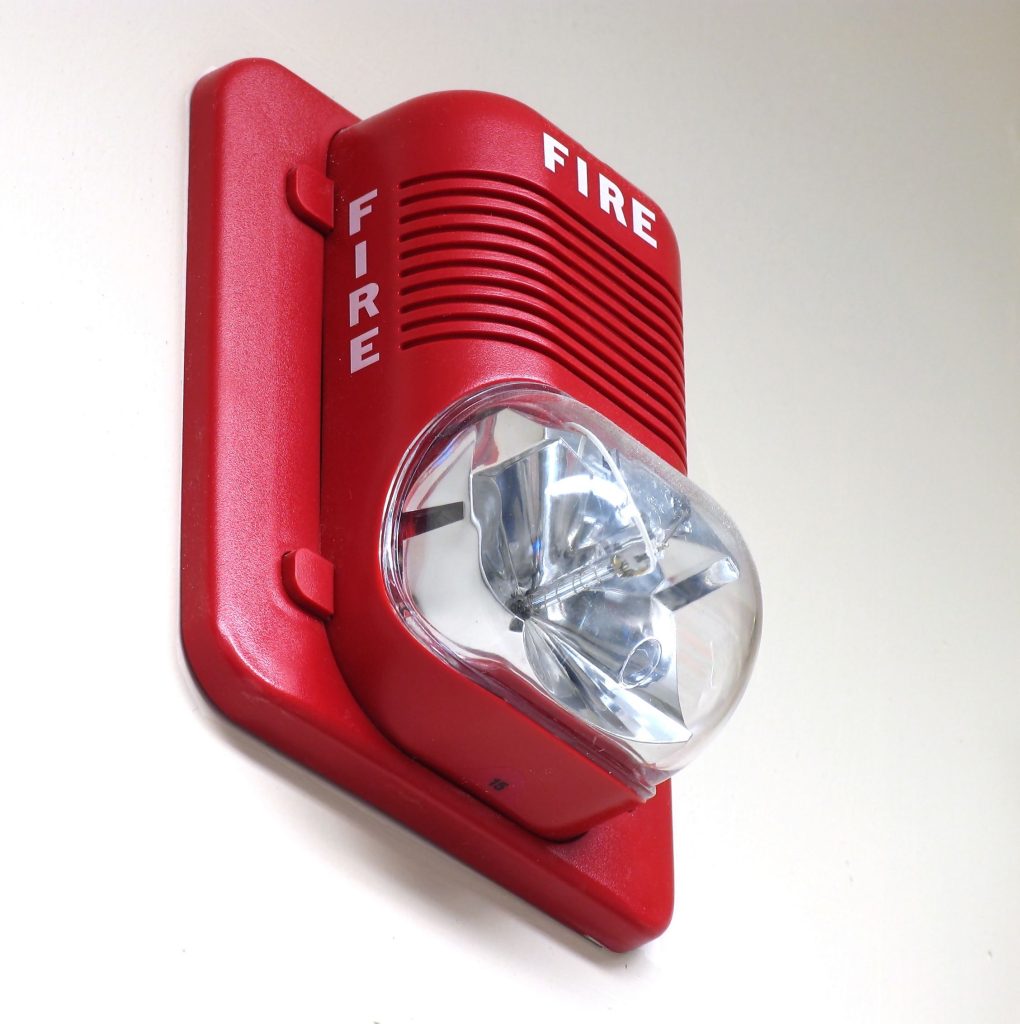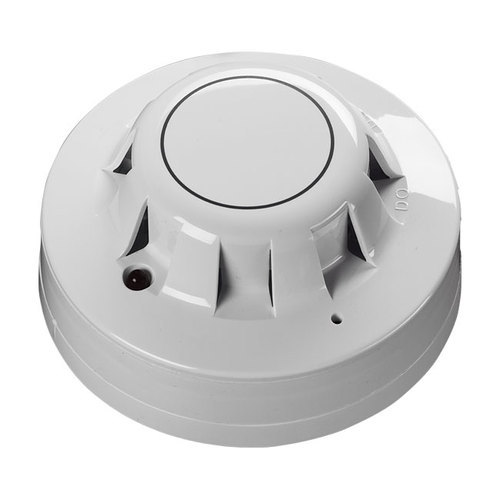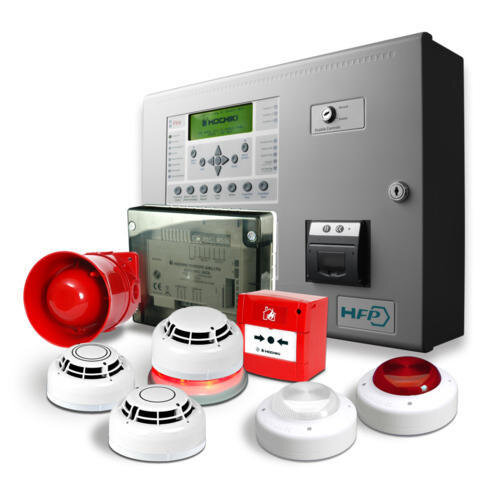
Fire Alarm System Installers in Kenya
If you are a property owner or facilities manager, you will already understand the importance of fire safety. As a legal requirement under the Fire Safety Regulations, fire safety measures are essential to protect occupants, employees, or service users from the dangers of an uncontrolled blaze. All properties other than private homes, including offices, houses of multiple occupation (HMOs), apartments, and public buildings, must have comprehensive fire precautions in place, with fire alarm systems one the most important solutions.
Fire alarms are highly effective in saving lives. Whether they are manually or automatically triggered, they give people time to evacuate the building in a safe and controlled manner. Choosing the most suitable system for your property will ensure that it performs to the highest standards, minimising risks and improving outcomes should a blaze break out.



Types of fire systems
In Kenya, there are three main types of automatic fire alarm systems: conventional, addressable, and wireless.
1) Conventional fire alarm system
Conventional fire alarm systems are the most common and are suited for smaller buildings or those with a lower fire risk. The building is divided into zones, each of which is a radial circuit connected to the main fire alarm panel. In each zone, multiple smoke detectors and call points are monitored so, in the event of a fire or circuit fault, the affected zone is highlighted on the control panel. This means the approximate location of the fire can be identified as it will be within a particular zone, although the exact position cannot be determined remotely.
✔ Low build and installation cost.
✔ Simple to use.
✔ Perfect for small buildings such as shops, offices, and small schools.
2) Addressable fire alarm system
In an addressable alarm system, each individual fire detection device, including manual call points, have an individual electronic address. A system-wide language protocol enables the fire alarm control panel to communicate with each detection device using the unique code – the device address. If a fire occurs, the exact location is determined by identifying the device address, giving staff and Fire and Rescue Services more incisive information about the position of the blaze.
✔ Suitable for larger buildings, including large offices, schools, hospitals, and care homes.
✔ Identifies the exact location of fires or circuit faults.
✔ Installation may be less expensive than a conventional fire alarm system.
✔ Offers additional system capabilities.
3) Wireless fire alarm system
A wireless fire alarm system operates in the same way as an addressable system but is installed with a secure wireless link that connects the detection devices and the fire control panel, in place of cables. Tested to British and European safety standards, wireless systems offer excellent reliability and allow property managers and fire marshals to quickly identify the exact location of a fire or system fault.
✔ Suitable for properties where extensive cabling is difficult, such as churches and historic buildings.
✔ Delivers excellent reliability.
✔ Uses an 868Mhz frequency band that is reserved for the fire alarm and security industry.
✔ Uses lithium batteries for a longer lifespan and greater user confidence.
✔ Quicker and easier to install than wired systems.
Contact us to find out more
